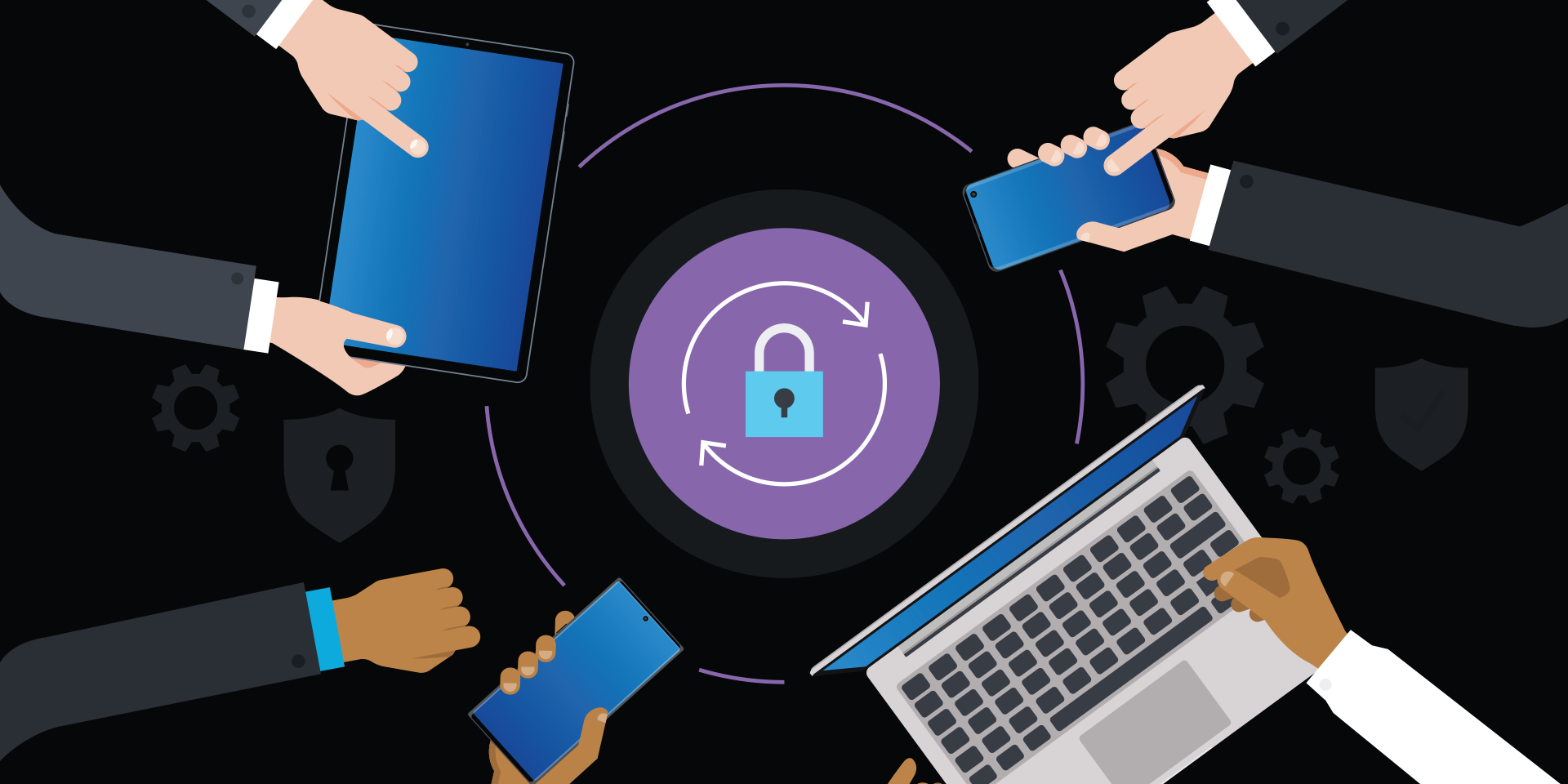Mobile device management (MDM) or enterprise mobility management (EMM) software is an essential tool for IT admins to ensure the security and appropriate use of employees’ mobile devices.
MDM and EMM solutions are typically licensed as a monthly or annual subscription, on a per-device or per-user basis. While pricing varies significantly depending on the MDM’s features and the number of licenses, the 2022 Maximizing Mobile Value study by Oxford Economics found organizations are spending between $3.25 and $9 per device each month. Organizations can use Samsung’s Mobile Cost Calculator — which draws on the findings of the Oxford Economics study — to compare their current investment in MDM software with industry averages.
Do you need MDM?
MDM or EMM solutions are important tools both for ensuring that business data and app on mobile devices remains secure, but also for enhancing the productivity value of mobile devices in your employees’ hands. According to the Maximizing Mobile Value study, 93 percent of companies that provide smartphones to employees deploy an MDM or EMM solution to manage those devices. The study also demonstrates that MDM software represents a small fraction of a company’s investment in mobile and quickly pays for itself in time saved and security risks mitigated. That said, some smaller organizations feel it is unnecessary, saying it is “too complex” (53 percent) or “to expensive” (51 percent).
What are the leading MDMs?
There are broad choice of MDM and EMM solutions available for businesses today. Leaders in this space include:
- BlackBerry UEM
- Citrix UEM
- IBM MaaS360
- Ivanti MobileIron
- Microsoft Endpoint Manager
- SOTI MobiControl
- VMware Workspace ONE
Samsung partners closely with leading MDM providers to ensure close integration of its Knox security platform, enabling granular management of device features. Samsung also offers Knox Manage, its own affordable, cloud-based EMM.
What MDM features do you need?
Not all MDM solutions offer the same feature set. In fact, many MDM solution providers offer several tiers of products with varying capabilities and price points.
Organizations should begin assessing their MDM needs based on a review of mobile device security risks, starting with the sensitive information the devices are accessing. Many MDM solution providers will offer consultations as part of their sales engagement, but organizations should also invest time in this themselves, as it will help them determine the management capabilities they really need.
Businesses operating in unregulated environments or with lower levels of mobile security risk may choose to deploy a more basic MDM tool. Core features of a basic MDM solution include the ability to enforce the use of PINs, passwords or biometrics; to blocklist apps or websites; and to remotely lock or wipe lost or stolen devices.
On the other hand, organizations operating in regulated environments will likely need additional features to ensure greater device security. Common features of more advanced MDM solutions include per-app virtual private networks (VPNs), remote support, event-based management, mobile application management capabilities and secure “containers” to keep enterprise data and apps separated. Many vendors distinguish between MDM and EMM; the latter represents a broader set of features, including those mentioned above.
The Oxford Economics study estimated that regulated industry organizations spend an average 80 percent more on MDM than unregulated businesses, reflecting the different levels of management capabilities required.
Per device or per user?
Many MDM solution providers offer different pricing models for licenses per device or per user. Organizations looking to take a unified approach to endpoint management may benefit from an MDM solution that allows them to manage devices beyond smartphones, including tablets, laptops and even smartwatches. Enterprises whose employees use multiple mobile devices may opt for per-user pricing to achieve significant savings.
Mobile device management for beginners
Get started with MDM so your organization can spend less and do more — securely and efficiently. Download Now
What volume discounting can you expect?
While leading MDM solution providers typically don’t publish volume pricing, larger organizations should expect to see significant discounts when negotiating licenses for hundreds or thousands of mobile devices. The Oxford Economics study estimated, for example, that while a small business may pay $5 per month for a basic MDM tool, a large enterprise may pay just $3.25 per user for the same feature set.
BYOD or corporate-issued?
Even organizations that have taken a Bring Your Own Device (BYOD) approach to mobile enablement often still use an MDM. The Oxford Economics study found that four out of 10 organizations with BYOD policies have an MDM client deployed on employee devices.
When considering MDM solutions for a BYOD environment, it’s important to ensure the solution will enable management of all operating systems and versions. Some vendors offer specialized MDM packages for BYOD teams.
MDM or EMM software can represent a significant investment, but it’s critical for organizations to ensure that mobile devices are secure and used effectively. Using MDM solutions to support device deployment will save time for IT administrators, while effective policies will reduce support calls and risk of exposing sensitive data.
Get our comprehensive guide and template for developing a BYOD policy tailored to your organization. And sign up for your free 90-day trial of Knox Manage, Samsung’s quick, easy and affordable MDM solution.






